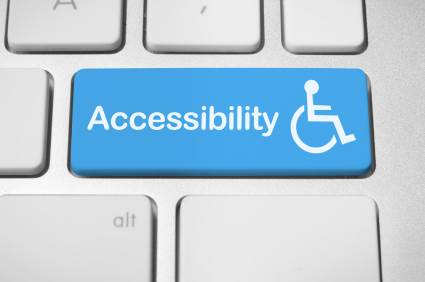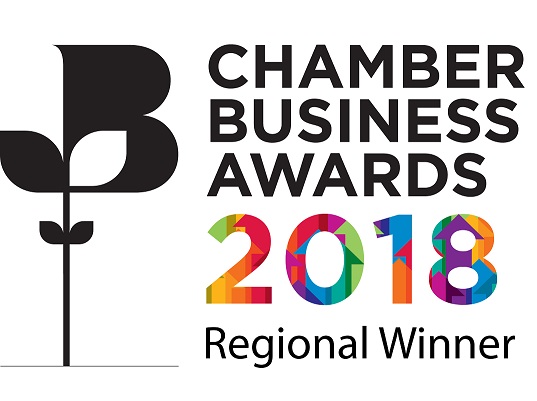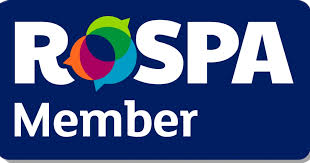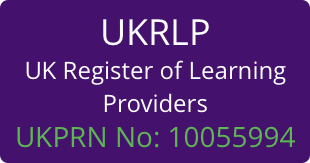
By Elisabetta Lando
The Equality Act 2010 means that employers and education providers have a duty to make ‘reasonable adjustments’ for learners and employees with disabilities. This means that those with any visual impairment, dyslexia or any other form of disability have the right to information in alternative forms.
I think that most people prefer their information to be an inclusive and diverse mix, yet when we study or go into training we are often given long texts and lists of things. I am probably guilty of a particularly short attention span but long texts and lists just don’t thrill me at all. Technology, it is said, can really bring so much to the teaching and learning experience; creativity, collaboration, access anytime and anywhere, efficiencies savings and so on but for me it is accessibility and inclusivity where it can really shine.
Simple everyday tools are everywhere now so there is no reason not to use them and explore different approaches. For instance text to speech tools can be a powerful aide to those struggling with the written text. There are great tools such as Balabolka, that saves texts as audio files and is also available as a portable application. Orato is another app with some really nice functions; it will highlight the text that you have chosen in your preferred font, style and colour or highlight each word as it is being read helping to reinforce spelling as well as pronunciation. Even your Adobe Acrobat Reader has some basic text to speech built in. Best of all these tools are free.
 Probably the real game changer in recent years for accessibility has been the widespread use of portable mobile devices. For instance you can find the accessibility menu on your Ipad in settings. There is the larger text choice that can be adjusted to preferred font size or the Zoom feature that magnifies the entire screen with a double tap with three fingers as well as the colour inversion option where light characters are set against a dark background. All powerful support tools for learners with impaired vision. Furthermore, you may have also wondered why the safari browser on an Ipad often says that a reader view is available. If we click on a little lined icon on the left side of the safari browser all of the distracting content on a web page, such as advertising disappears and you get simple text. Then if you touch the lower and uppercase letters on the top left of the text you can make the font as big as you want.
Probably the real game changer in recent years for accessibility has been the widespread use of portable mobile devices. For instance you can find the accessibility menu on your Ipad in settings. There is the larger text choice that can be adjusted to preferred font size or the Zoom feature that magnifies the entire screen with a double tap with three fingers as well as the colour inversion option where light characters are set against a dark background. All powerful support tools for learners with impaired vision. Furthermore, you may have also wondered why the safari browser on an Ipad often says that a reader view is available. If we click on a little lined icon on the left side of the safari browser all of the distracting content on a web page, such as advertising disappears and you get simple text. Then if you touch the lower and uppercase letters on the top left of the text you can make the font as big as you want.
Indeed for me some of these tools are not only essential for those with disabilities but other learners can benefit as well. It struck me, as an English as a second language teacher, that many challenges that say a dyslexic learner struggles with are not that dissimilar to those of a language learner; these include fluency in reading or being able to grasp meaning rapidly from a text. So the accessibility features that are now so easily available can support more learners. For example, Chrome has an app called Spreed that supports reading text and helps to increase reading speed by isolating key words in the centre of the screen, great for exam preparation particularly if there is an issue with timing which can make the difference between a fail and a pass.
With this in mind I can also imagine there are a whole bunch of other learners and employees out there who would really appreciate it if as employers and educators we were all accessible by default rather than exception.
Elisabetta Lando has a background in languages and ESOL teaching as well as considerable experience of working in a quality role in the Further Education sector with particular focus on e-Learning. She has been interested in the use of technology to develop innovative teaching since she completed an MA in technology and Science in Society in the mid nineties.







 UK: 0844 854 9218 | International: +44 (0)1488 580017
UK: 0844 854 9218 | International: +44 (0)1488 580017








